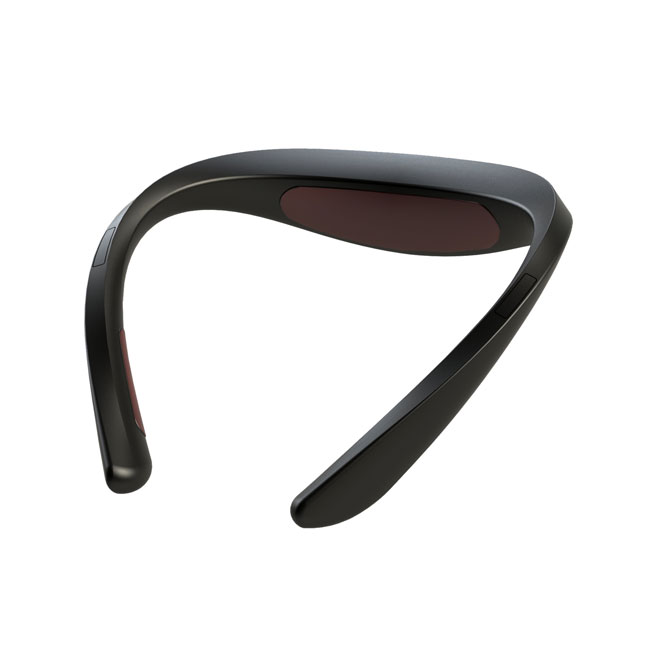“Hi, my name is Krzysztof Sitko, cofounder of Aegle, and I’m going to tell you today about how we failed throughout all of DreamIt Health, and why you might consider investing in us anyhow.”
A month ago, that wasn’t how I pictured my presentation at our startup accelerator’s Demo Day. I was working tirelessly alongside my cofounders to put together a business. Yet there I was in front of a room of 200 to announce that we didn’t have a market for the product we had been working on.
Watch Krzysztof Sitko’s Demo Day presentation of Aegle:
We were a team of engineers who developed a really great device: a wearable monitor that continuously and non-invasively monitors many vital signs and wirelessly transfers it to your smartphone over Bluetooth. In our eyes we saw lots of different applications. It seemed to only be a matter of which one to hit first, be it a consumer application, medical or defense. When we were first accepted into DreamIt Health, we thought that we would go after the one that would be easiest to reach — marathon runners.
We started hammering away, and at first it was moving. But then we got stuck. We found that these elite runners really didn’t like bringing their smartphones with them and wanted as little weight on them as possible.
So we tried the next closest thing — casual runners — and again we made progress only to find another hitch. Casual runners were far more price-sensitive and we thought it would be difficult for us to be price-competitive early on with our technology, especially with cheaper, competing devices that for the most part were functionally equivalent.
We tried another angle, and then another. We only needed one to work, but we kept finding something that would throw us in a loop, and we kept getting stuck. It was quickly becoming disheartening as I began to view each shift as a failure. I was taking them personally. To me, failure had always been this boogeyman that would seemingly always cast a threatening shadow upon whatever I attempted. I feared each failing result.
I had gotten completely caught up in each individual battle and its respective outcome that I had lost sight of something very important: we had moved forward. We had ever so slightly moved forward. We were experimenting over and over again to test what worked. And we were learning that in some of those experiments it just wasn’t meant to be. It was simply a result, an answer. Those failures were not the ashes of ruin, but the brick and mortar to build our success.
We may not be building a consumer device as we initially planned. But over the past four months at DreamIt, we’ve built the connections and partnerships we need to move forward and pursue defense and medical markets.
Join the conversation!
Find news, events, jobs and people who share your interests on Technical.ly's open community Slack

Baltimore daily roundup: The city's new esports lab; a conference in Wilmington; GBC reports $4B of economic activity

Baltimore daily roundup: Find your next coworking space; sea turtle legislation; Dali raided and sued

Baltimore daily roundup: Johns Hopkins dedicates The Pava Center; Q1's VC outlook; Cal Ripken inaugurates youth STEM center


